Art Education in the Middle East
Plateau 2: Image, digitalization and transmediality: Emile Hannouche’s Collection (USEK). Holy Spirit University of Kaslik, School of Architecture and Design. School of Arts and Sciences.
Curated by: Kaja Kraner, Lucija Smodiš, Mellissa Ghazale, Miha Vipotnik. With the participation of: Sasha Bechara, Rony Ghanime, Romy-Christ Stephan, Joseph Aoun, Elena Feghali, Yasmin A. Kobeissi
Opening April 1, 2022 (AUB Byblos Bank Art Gallery)
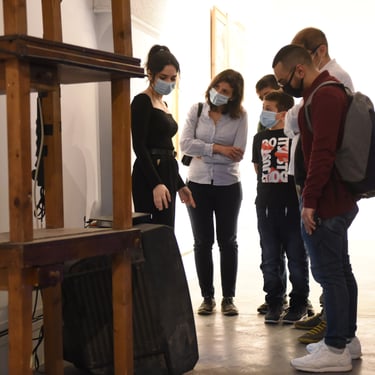
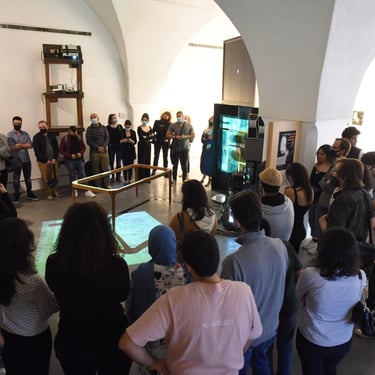
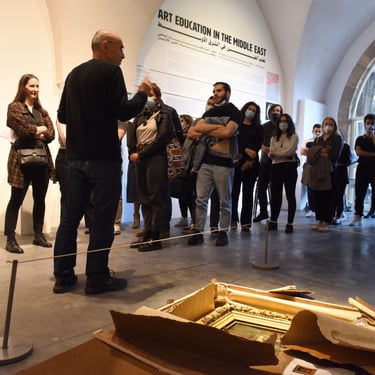
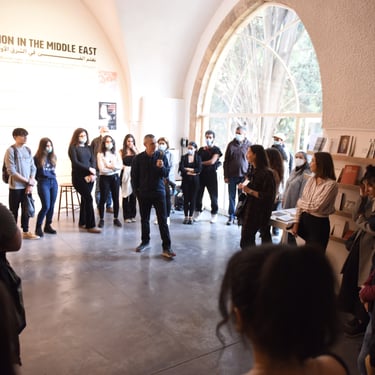
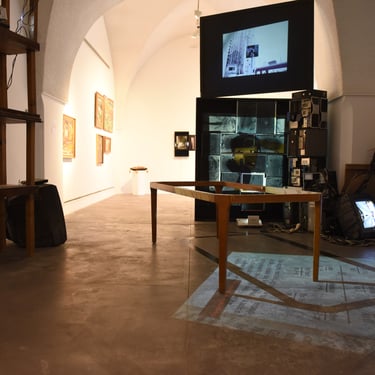
“Image, digitalization and transmediality: Emile Hannouche’s collection at USEK Department of Communication (Plateau 2)” continues with Miha Vipotnik's pedagogical and other activities at the Department of Communication at the Holy Spirit University of Kaslik (USEK). The project is informed by Vipotnik's approach to art education that he carries out at USEK as well as in his extra-curriculum exhibitions that are often collaborations between Lebanese and Slovene artists and curators. The approach reflects Vipotnik's thinking about the image, technology, media, and the document, which is overall characteristic of his transterdisciplinary and intermedia artistic practice. The starting point of the present exhibition is Emile Hannouche’s art collection. Vipotnik sees Hannouche’s collection in terms of a starting point for future development and extension of the Department of Communication into a contemporary interdisciplinary and transmedia education art department at USEK. The exhibition builds on a series of projects developed between USEK (Kaslik, Lebanon) and Pekarna Magdalenske mreže (Maribor, Slovenia). The multi-media exhibition does not approach Hannouche’s collection from a scholarly art-historical point of view. Rather, we start with the possible ways of integrating Hannouche’s collection into the existing (film/video) format of art education at USEK. The processes include digitalization (making the inventory of the collection) and using artworks from the collection to participate in various cultural projects in Lebanon and abroad. By setting this exhibition with Vipotnik’s students, we were, therefore, interested not only in the educational potential but how a particular art media and its characteristic language develops in parallel with concurrent technological media. How the artistic and curatorial research of an art heritage unravels complex intertwinement of artmaking, politics, and economy, or how a particular artwork has a life of its own – especially when living outside the conserving and sterile environment of an art institution.